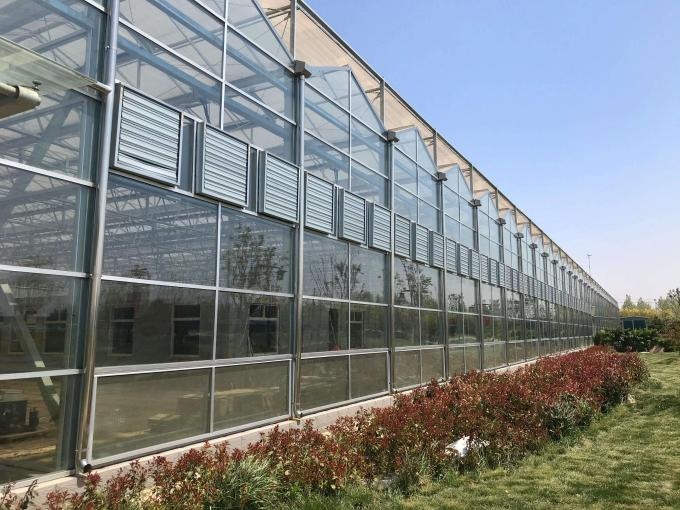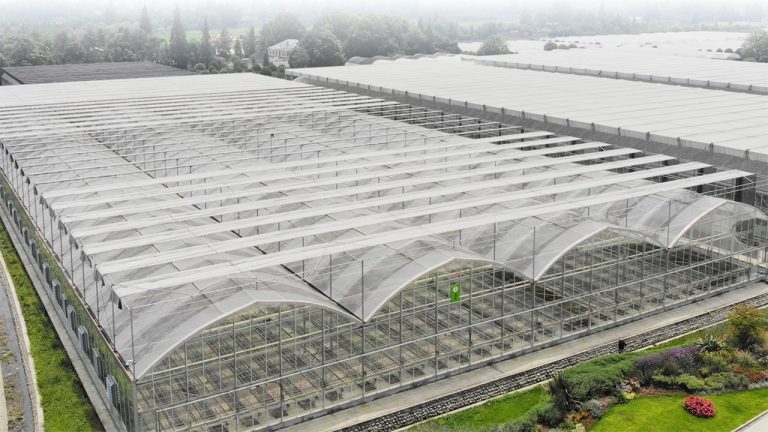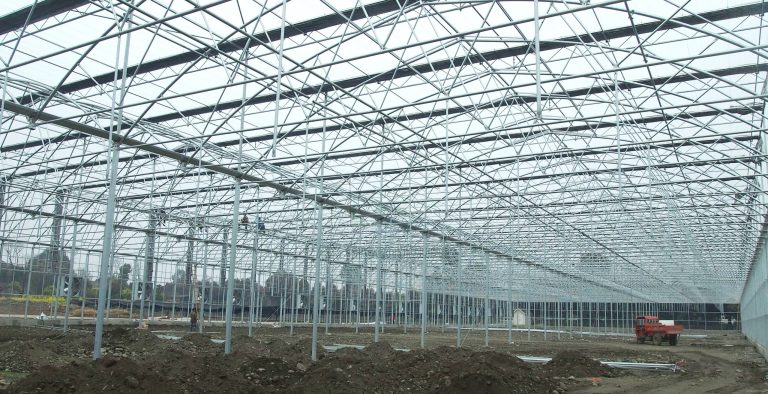Tomato plants in a greenhouse can produce fruit for an extended period compared to those grown outdoors, as the controlled environment allows for optimal growing conditions year-round. However, the exact length of time a tomato plant will produce in a greenhouse depends on several factors, including the variety of tomato, the growing conditions, and the care it receives. Here’s a detailed breakdown:
1. Tomato Plant Lifespan in a Greenhouse
- Indeterminate Varieties:These are the most common types of tomatoes grown in greenhouses.Lifespan: Indeterminate tomatoes can produce fruit continuously throughout the growing season, often for 6–12 months in a greenhouse, as long as the plant remains healthy and conditions are favorable.Continuous Growth: They keep growing and producing new fruit, flowering, and ripening from the bottom to the top of the plant. The production can continue until the plant starts to show signs of aging or disease, typically after a year of growth.Pruning and Maintenance: Regular pruning and removal of older or dead branches help extend the production period.
- Determinate Varieties:These plants tend to produce fruit in a more concentrated burst within a specific timeframe.Lifespan: Determinate tomato plants will generally produce fruit for a shorter period, about 2–4 months.Production Cycle: Once the plant reaches a certain size, it sets all its fruit at once and then stops growing. After fruiting, the plant typically dies or goes dormant.Greenhouse Advantages: In a greenhouse, you can extend this period by providing consistent warmth, light, and protection from pests and diseases.
2. Growing Conditions in a Greenhouse
- Temperature:Tomatoes thrive in temperatures between 70°F and 85°F (21°C to 29°C) during the day and slightly cooler at night.Too high or too low temperatures can reduce fruiting or cause the plant to go dormant.
- Lighting:Tomatoes need 8–10 hours of light each day to grow well. In winter months, supplemental lighting may be needed to extend daylight hours, especially in northern latitudes.
- Humidity:Moderate humidity levels (50–70%) are ideal. Too much moisture can lead to mold, mildew, or blight, while low humidity can stress the plant and reduce fruit yield.
- Watering:Tomatoes need consistent moisture, especially during fruit development. However, overwatering can lead to root rot, while underwatering can stress the plant and reduce fruit quality.
3. Harvesting and Yield
- Indeterminate Varieties:These tomatoes will produce fruits in waves throughout the year, typically in clusters.Regular harvesting encourages more fruit production. You can keep picking ripe tomatoes, which prompts the plant to continue flowering and producing.Average Yield: An indeterminate plant can produce anywhere from 20–50 pounds of fruit in a year, depending on conditions.
- Determinate Varieties:These will produce a large batch of tomatoes at once. Once all the tomatoes are harvested, the plant’s production will stop.Average Yield: Determinate varieties may yield 5–15 pounds of fruit over a 2–3 month period.
4. Extending Tomato Production
To maximize the length of time that a tomato plant produces in a greenhouse:
- Prune Regularly: Removing dead or yellowing leaves, and trimming suckers can help maintain plant health and stimulate new growth.
- Support the Plant: Use stakes, cages, or trellises to support the plant as it grows, allowing for better airflow and light penetration.
- Fertilization: Regularly fertilize with a balanced nutrient mix, adjusting the levels of nitrogen, phosphorus, and potassium as the plant grows and starts producing fruit.
- Monitor Pests and Diseases: Greenhouses tend to be closed environments, which can sometimes encourage pest problems. Keep an eye out for common tomato pests and diseases, such as aphids, whiteflies, and blight.
5. Seasonal Adjustments
- In colder climates, greenhouse-grown tomatoes can survive through the winter and continue producing. However, in the summer, when natural sunlight and higher temperatures are abundant, production might increase.
- If growing in a greenhouse through winter, ensure the plant has sufficient light, warmth, and humidity to keep fruit production steady.
Summary
- Indeterminate Tomatoes: In a greenhouse, they can produce continuously for 6–12 months with proper care, lighting, and temperature management.
- Determinate Tomatoes: These produce for 2–4 months, but the fruiting cycle will be more concentrated.
- Sustained Production: With good greenhouse conditions, regular pruning, and appropriate care, tomato plants can continue to produce over long periods, allowing for a consistent harvest in a controlled environment.




